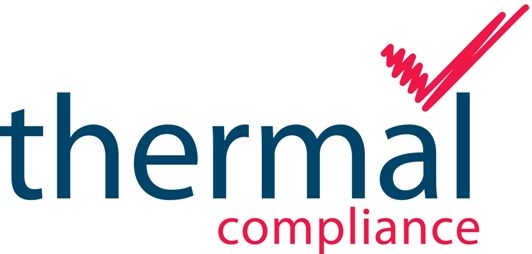We use Geobacillus
stearothermophilus, as a biological indicator organism because it is highly
resistant to moist heat, making it widely recognised as the industry standard
for steam sterilisation. The organisms are supplied in spore form, as spores are
far more resistant than vegetative cells, providing a robust challenge to the
process. They are supplied on different carrier types including spore strips,
discs, threads, direct inoculant and in ampoules.
Biological Indicators provide a direct
challenge to a sterilisation process. They are highly resistant to the
sterilant (in this case moist heat) challenging the process’s ability to
achieve microbial kill. Their use is defined under ISO 11138 ‘Sterilization of
health care products – Biological Indicators’.
Biological vs Chemical
Indicators
Chemical Indicators provide an immediate visual indication of the sterilisation process. They challenge various parameters including temperature, time and the presence of steam. Class 5 and 6 Chemical Indicators (as defined in ISO 11140 – Sterilization of health care products – Chemical Indicators) are designed to provide a closer correlation to the performance of biological indicators.
The role of temperature and
pressure data in Autoclave Validation
Temperature and pressure data can be
used to ensure heat distribution is uniform and challenge the air removal
process throughout the chamber and load. Thermal acceptance criteria can help
demonstrate control and optimise the cycle. Thermal and pressure requirements
are detailed in ‘ISO 17665 Sterilization of health care products – Moist heat
– Requirements for the development, validation and routine control of a
sterilization process for medical devices’ and ‘EN 285 – Sterilization –
Steam sterilizers – Large sterilizers’.
Why Biological Indicators
are critical for Sterility Assurance
Biological Indicators provide direct
evidence of microbial inactivation, which is why they are so critical within
Autoclave Validation and sterility assurance.
In this time-lapse video, you can see the growth of
Geobacillus stearothermophilus. The test tube on the left serves as a negative
control, while the one on the right has a positive spore strip placed inside.
As the video progresses you can clearly see the negative control media remains
clear, whilst the media in the test tube containing the spore strip, gradually
becomes cloudy. By the end of the video you can see sandy deposits at the
bottom of the test tube, providing clear visual evidence of microbial growth.

